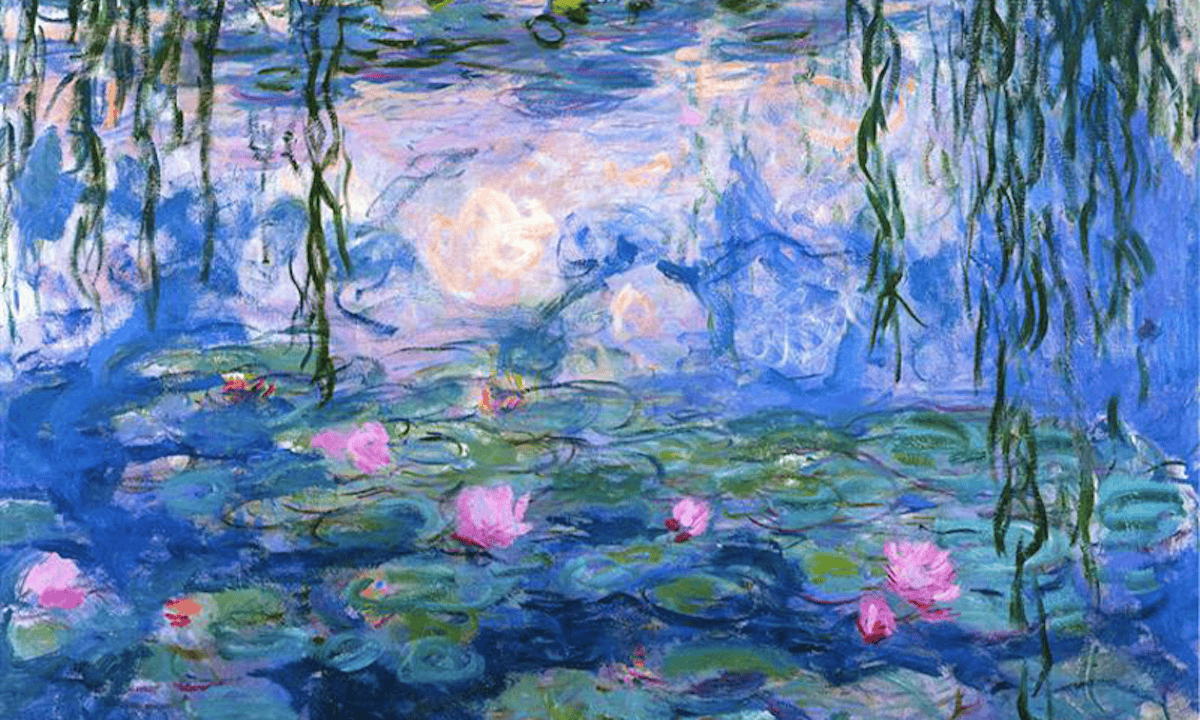Read This: Why Your Memories Are More Like Paintings Than Photographs
Explore how our memories resemble paintings, constantly revised and reinterpreted with each recall, in Kevin Berger's insightful article on the art of recollection.

In his insightful piece for Nautilus, Kevin Berger explores the fluid and imaginative nature of human memory, drawing fascinating parallels between our recollections and the process of creating art. Berger discusses the insights of Charan Ranganath, a psychology and neuroscience professor at UC Davis, who compares memories to paintings—constantly retouched and reinterpreted rather than static snapshots of the past.
“The very act of recalling a memory can lead it to become fragile and changeable, to the point where the memory becomes corrupted.”
Ranganath explains that our memories are malleable, shaped by the present moment’s emotions and perspectives. This dynamic quality allows us to adapt and navigate an ever-changing world but also means that our memories are often inaccurate or distorted. Berger ties this concept to his own experiences, illustrating how memories evolve over time, influenced by our ongoing experiences and emotions.
The article delves into the neurological processes behind memory formation, likening them to building with LEGOs, where pieces can be reused to construct new memories. Berger’s narrative highlights the beauty and fragility of our recollections, offering a deeper understanding of how our past is continually reshaped by the present.





